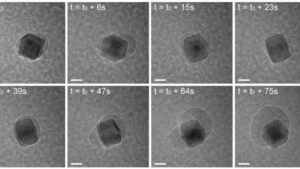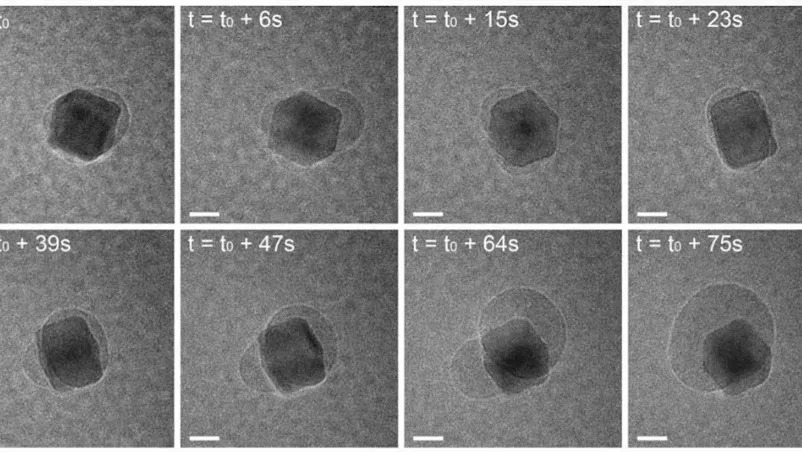Scientists have recorded the merging of hydrogen and oxygen atoms to form tiny droplets of water. By observing the process with extreme precision, the scientists discovered how to optimize it to produce water at a faster rate. This research can be used to produce water in dry environments, including other planets.
Researchers at Northwestern University witnessed the formation of tiny water bubbles in real time for the first time. By observing the reaction, the team determined how the process occurs and discovered new ways to speed it up. The results and a description of the work appeared in the Proceedings of the National Academy of Sciences.
In January, Vinayak Dravid of Northwestern University and his team developed an ultra-thin glass membrane that holds gas molecules inside honeycomb-shaped nanoreactors so they can be viewed with transmission electron microscopes.
Using the new technique, the team sought to take a closer look at the process of water formation involving palladium. And they succeeded. They have observed in real time how hydrogen enters the palladium, resulting in the formation of a tiny droplet of water.

Source: Northwestern University
Photo: Vinayak Dravid/ Northwestern University







